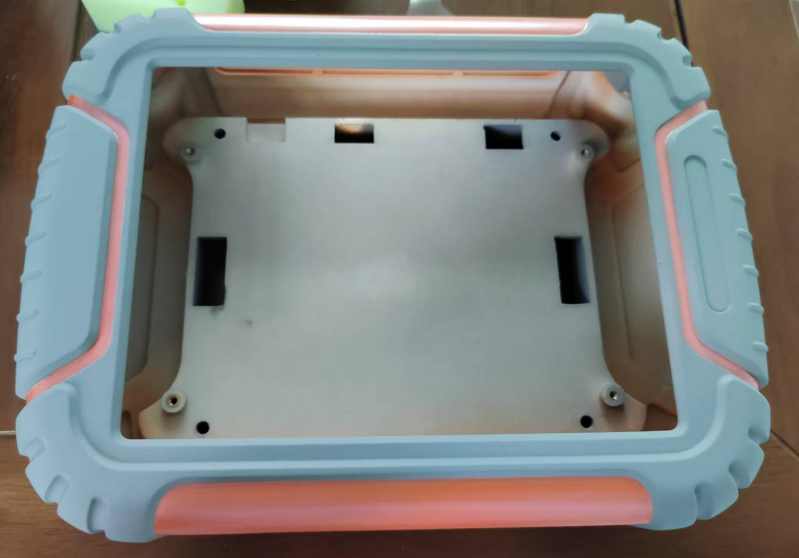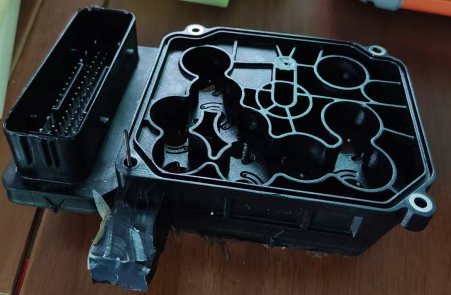Vacuum Casting, also known as investment casting or lost-wax casting, is a manufacturing process used to produce highly accurate and complex metal parts.
Shenzhen Alu Rapid Prototype Precision Co., Ltd.
- Home
- Capabilities
- Vacuum Casting

Vacuum Casting is a manufacturing process used to produce high-quality, detailed parts with a smooth surface finish. It is commonly used for prototyping, small-batch production, and the creation of specialized components.
The key steps in the vacuum casting process are:
1.Pattern Creation: A master pattern, typically made from materials like silicone, epoxy, or 3D printed parts, is created to serve as the mold for the final part.A wax or other expendable pattern is created, which represents the desired shape of the final metal part.The pattern is typically made using a mold or 3D printing technology.
2.Mold Making: A flexible mold is created by pouring a liquid silicone rubber over the master pattern. This mold can then be used to cast multiple parts.
3.Degassing: The mold is placed in a vacuum chamber and the air is evacuated, removing any air bubbles that could cause defects in the final part.
4.Resin Injection: A liquid resin, such as polyurethane or epoxy, is carefully injected into the evacuated mold under vacuum conditions.
5.Curing: The resin is allowed to cure and harden within the mold, taking on the detailed features of the original pattern.
6.Demolding: Once cured, the part is carefully removed from the mold, resulting in a high-quality, detailed component with a smooth surface finish.
7.Mold Preparation:The pattern is coated with a refractory ceramic material, forming a mold around it.The mold is then heated, causing the pattern material (usually wax) to melt and drain out, leaving a hollow cavity in the shape of the desired part.
8.Vacuum Casting:The mold is placed in a vacuum chamber, and molten metal is poured into the cavity under low pressure.The vacuum environment helps to eliminate air pockets and ensure complete filling of the mold.
9.Solidification and Cooling:The molten metal solidifies within the mold, taking the exact shape of the cavity.Once cooled, the ceramic mold is removed, revealing the final metal casting.
10.Finishing:The cast part may undergo additional finishing processes, such as cleaning, polishing, or heat treatment, to achieve the desired surface finish and mechanical properties.
Vacuum casting offers several advantages:
High Precision: The process can produce parts with exceptional dimensional accuracy and intricate details.
Complex Geometries: It allows for the creation of complex shapes that would be difficult or impossible to achieve with other casting methods.
Reduced Porosity: The vacuum environment helps to minimize air pockets and voids in the cast part, improving its structural integrity.
Versatile Materials: A wide range of metals, including stainless steel, aluminum, and titanium, can be used in vacuum casting.
Vacuum casting is commonly used in the production of medical implants, aerospace components, jewelry, and other applications where high-quality, precision-engineered parts are required.
Vacuum casting offers several advantages, including the ability to produce complex geometries, excellent surface quality, and the flexibility to work with a variety of materials. It is a versatile manufacturing process that is widely used in industries such as automotive, aerospace, consumer products, and medical device development.
Vacuum Casting, also known as investment casting or lost-wax casting, is a manufacturing process used to produce highly accurate and complex metal parts.


